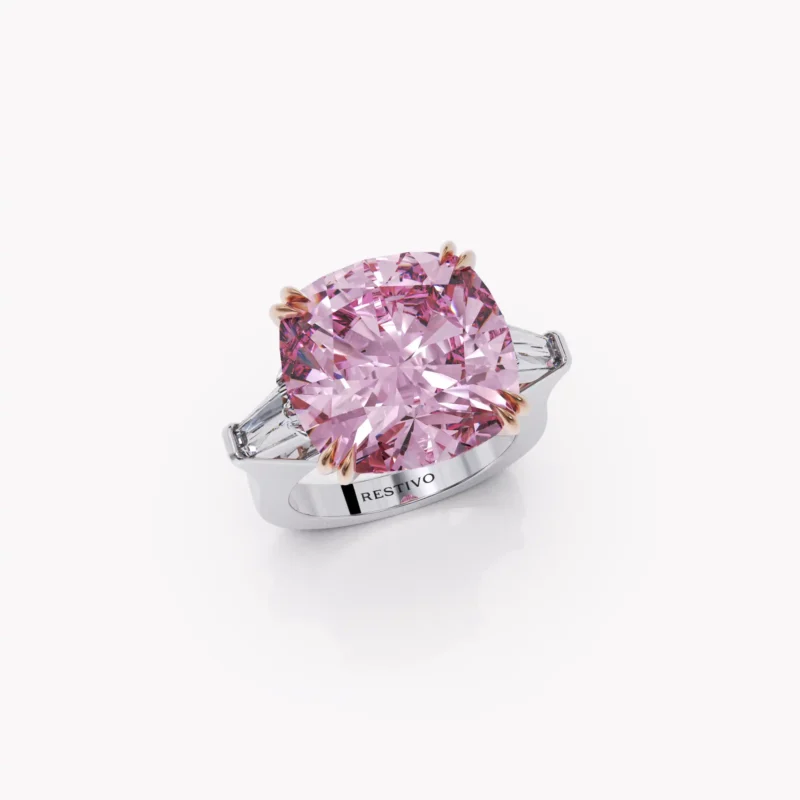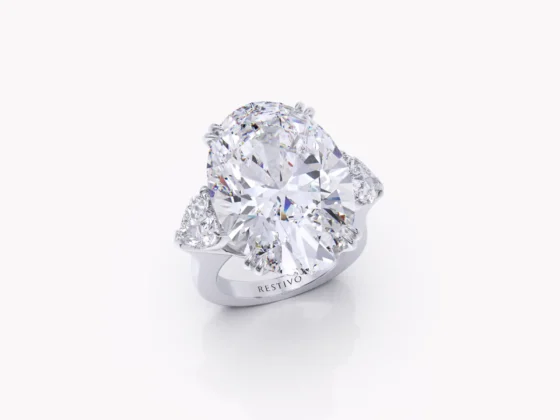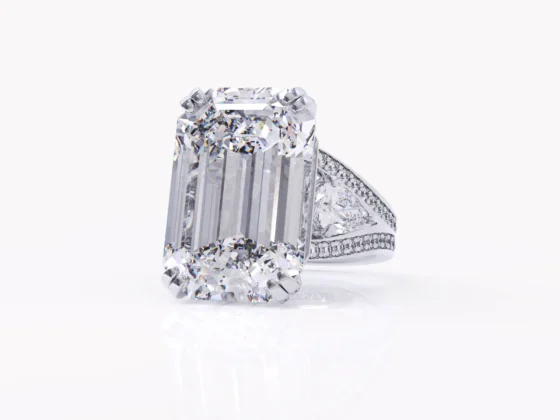Engagement Ring Shapes Choosing Your Perfect Engagement Ring
Oval
The oval cut, akin to its artistic cousin, the round brilliant, captivates with its ability to reflect light dramatically through its 58 facets. What sets ovals apart is their distinctive elongating quality, gracefully reaching up the finger. The popularity of oval cuts surged during the early 20th century, coinciding with advancements in gem-cutting techniques that allowed lapidaries to refine curves with precision.
Much like round brilliants, ovals boast remarkable versatility, seamlessly fitting into minimalist designs, maximalist clusters, and various artistic creations. Their timeless appeal continues to make ovals a captivating choice for those seeking both elegance and individuality in their gem selections.
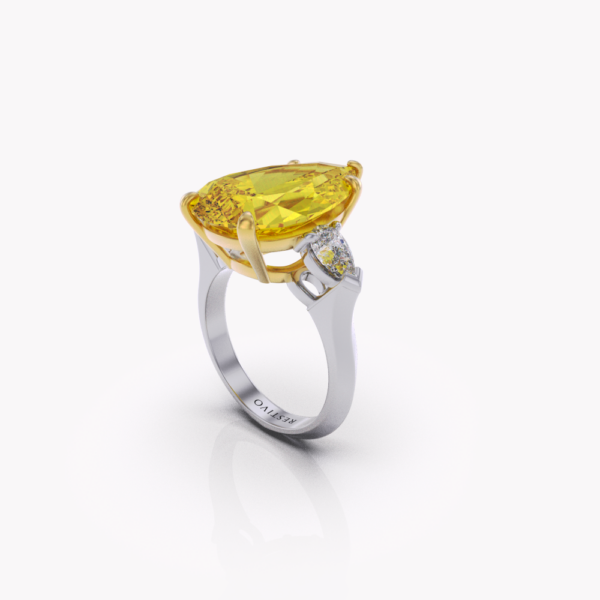
Round
The timeless image of an engagement ring is often epitomized by a round diamond set on a simple band—an iconic representation familiar to many through the engagement ring emoji on their phones. While round diamonds have a history spanning centuries, their brilliance reached new heights in 1919 with a redesign by Marcel Tolkowsky. His ingenious arrangement of 58 facets revolutionized the sparkle by allowing light beams to bounce from the pavilion back through the crown in an unprecedented way.
Renowned for their exceptional play of light, rounds, also known as round brilliants, exhibit remarkable versatility in various designs. They exude a classic charm in simple settings while seamlessly blending into more artistic or elaborate creations. The enduring popularity of round diamonds makes them a perennial choice for those seeking a timeless and elegant symbol of commitment.
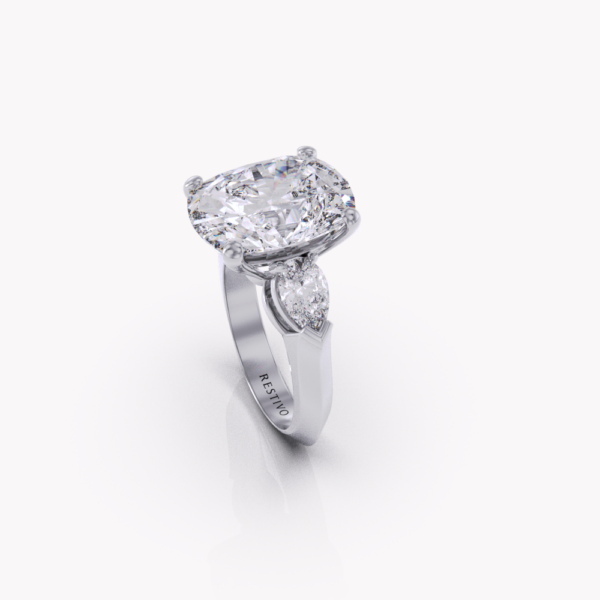
Cushion
The pillow-like profile of cushion shaped diamonds inspired their name. Cushions are usually squares, but they come in rectangles as well. Both styles have curved sides and rounded corners. The curves on the gem bounce the light around and give it an excellent amount of brilliance. The chunky style still has the feeling of a vintage shape that reflects its roots in the eighteenth century. During the age of candlelight, cushions where among the most prevalent diamond shapes in jewelry.
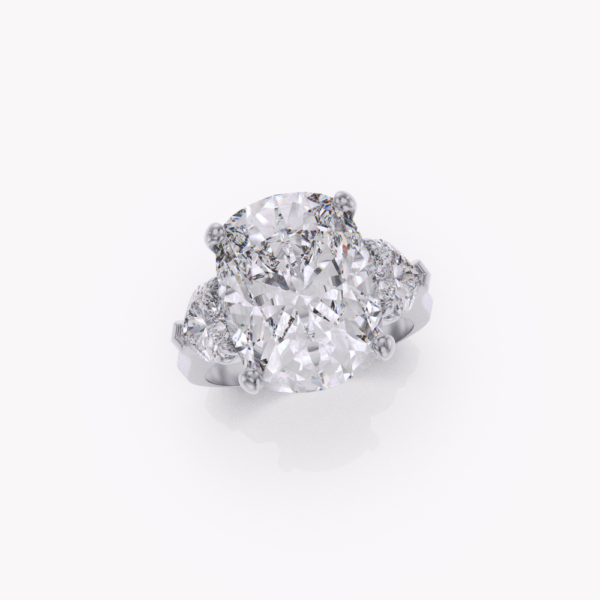
Pear
Voluptuous lopsided pear shape diamonds have been an elegant part of jewelry since the 15th century. Modern pears with 57 facets have a long history of appearing in engagement rings, but nothing like the way they are featured today. Designers are playing around with the lopsided shape setting it sideways and akimbo to make all kinds of fresh looks.
When they are mounted traditionally with the rump down and point up, designers make them look fresh with little flourishes. A few designers have flipped the script and put the point down and rump up. All ways work.



